Can You Have LASIK Twice? LASIK Logistics and Considerations
LASIK has transformed how we address common eye issues like nearsightedness, farsightedness, and astigmatism. Suffering from vision problems can limit your lifestyle and LASIK offers a practical, safe solution that can free you from the endless cycle of updated corrective lenses or difficulties presented by contact lenses. But what else do you need to know about this laser eye surgery?
A good starting place, if you are contemplating LASIK, is to better understand the procedure and identify the most trusted and experienced LASIK surgeons available.
The Logistics and Considerations of LASIK
LASIK eye surgery is a personalized laser vision correction procedure that requires planning and attention to detail to ensure the best possible outcomes. So what do you need to know about this procedure? Here are some commonly asked questions about LASIK.
What is the Best Age to Get LASIK?
LASIK is best suited for adults over 21 years old who suffer from common vision issues like nearsightedness (myopia), farsightedness (hyperopia), or astigmatism. However, not every person who fits this criteria is an ideal candidate for LASIK surgery.
What Does the Procedure Entail?
The procedure itself is relatively quick, usually taking about 10 to 15 minutes per eye. Initially, anesthetic eye drops are applied to numb the eye and ensure maximum comfort during the procedure. The femtosecond laser is then used to create a thin flap in the cornea. This flap is gently lifted to expose the underlying corneal tissue, which is then reshaped with a second, computer-controlled laser according to your specific refractive error. The flap is then carefully repositioned and allowed to heal naturally.
What is the Recovery Time Involved with LASIK?
After the LASIK surgery, patients experience almost immediate improvement in their vision. Most see significant improvements in their visual acuity within the first 48 hours post-surgery and can usually return to their daily activities soon after.
Does LASIK Hurt?
The question that is most natural to ask before any procedure is does it hurt? The simple answer is LASIK is not painful. Anesthetic drops take care of any potential discomfort during the procedure, and slight irritation post-surgery resolves itself quickly with rest.
Now that you have a better understanding of the logistics and considerations of LASIK surgery, let’s address a common but more complicated question: Is there a possibility I will have to get LASIK twice?
Can You Have LASIK Twice?
When you hear the question “Can you have LASIK twice?”, your immediate response might be one of surprise. After all, LASIK is often portrayed as a one-time solution for refractive errors, a lifetime of clear vision. While the majority of patients achieve their desired vision objectives after their initial procedure, there can be instances where further enhancements may be needed.
The concept of a second LASIK procedure or what’s called a “LASIK enhancement” is not uncommon. With improvements in LASIK technology, it is possible to perform the procedure twice, offering a safe and effective way of revising or enhancing the outcome of the initial LASIK procedure.
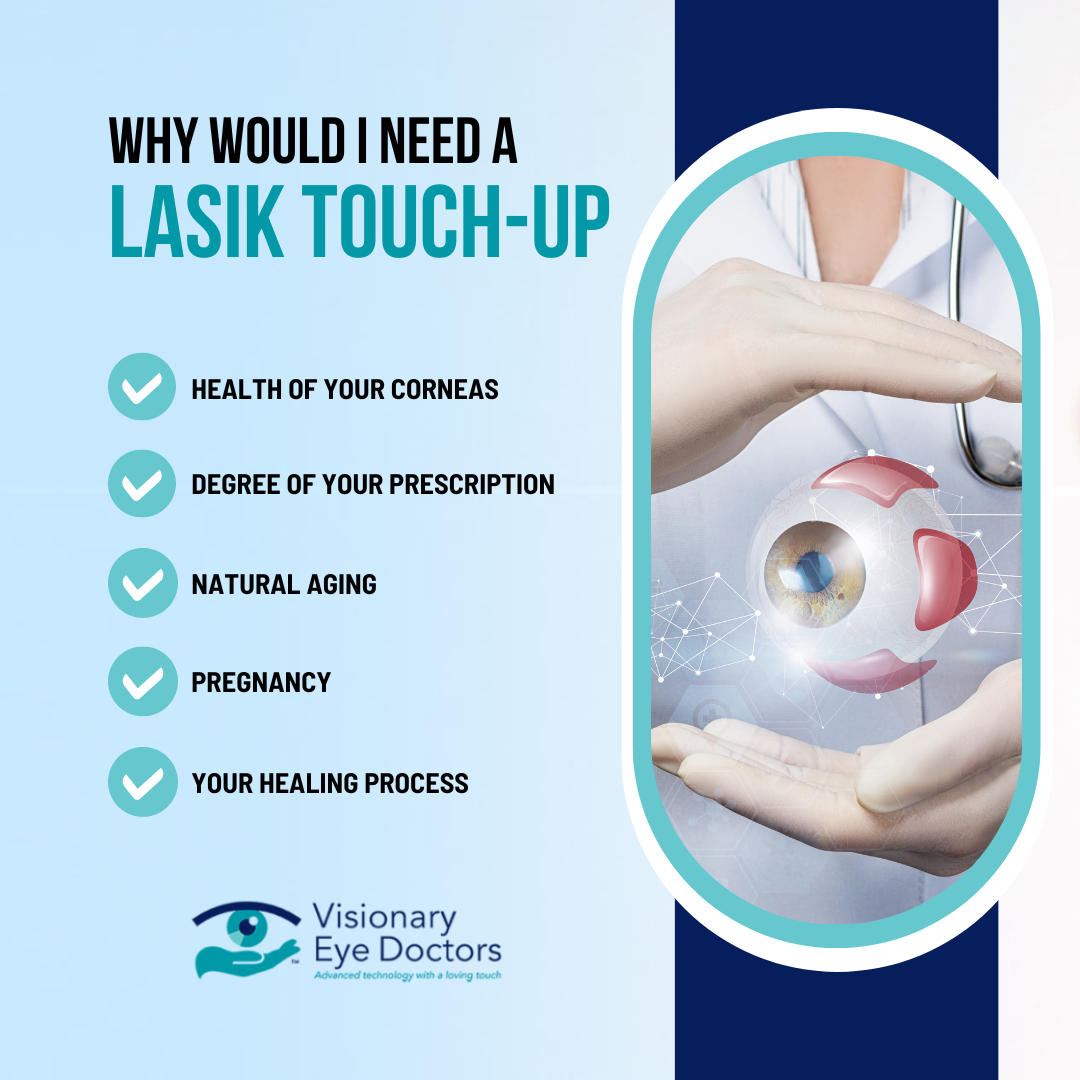 Why Would I Need to Have LASIK Twice?
Why Would I Need to Have LASIK Twice?
So, what could prompt the need for a second LASIK procedure? For most individuals, LASIK surgery is highly effective with visual disturbances like blurred vision and sensitivity to light only lasting a few days or weeks following the procedure.
If these issues continue for three months or more, it might indicate remaining vision correction needs, making you a potential candidate for a second procedure.
The need for follow-up surgery can be influenced by several factors, including:
- The health of your corneas.
- The specific visual impairment you have, such as myopia.
- The degree of your prescription, which reflects the extent of your refractive errors.
- Your healing process; some individuals may heal insufficiently or excessively. An unusual healing response may cause the need for additional surgery.
Natural Aging
As we age, we undergo natural vision changes. After LASIK surgery, while the initial refractive error (such as myopia, hyperopia, or astigmatism) is corrected, the eye can still undergo natural changes that affect vision. Two common age-related eye conditions that could necessitate a second surgery, including a possible second LASIK surgery, are:
- Presbyopia: This condition typically begins to affect individuals in their 40s and 50s. Presbyopia is caused by a gradual loss of the eye’s lens elasticity, making it difficult to focus on close objects. Although LASIK corrects vision at a certain distance, it cannot prevent the lens from aging, meaning reading glasses or additional procedures may be needed as we age.
- Cataracts: The development of cataracts, where the eye’s natural lens becomes cloudy, can also impair vision later in life. While LASIK does not cause cataracts, it can modify the eye in ways that affect cataract surgery outcomes. If cataracts develop after LASIK, specialized calculations will be necessary for the lens implant to ensure the best possible vision correction.
Understanding these age-related changes is crucial for LASIK patients because it sets realistic expectations for the longevity of the surgery’s outcomes and the potential need for additional procedures.
Pregnancy
Pregnancy introduces a unique set of hormonal changes that can temporarily alter vision. These changes are primarily due to fluctuations in hormones such as estrogen and progesterone, which can affect the thickness and shape of the cornea. While these changes are usually temporary, resolving after pregnancy and breastfeeding, they can impact LASIK outcomes in the following ways:
- Nearsightedness or Myopic Shift: Many pregnant women report a slight increase in nearsightedness. This shift is generally temporary but can make tasks like driving or seeing distant objects more challenging. If LASIK was performed before pregnancy, these changes might blur the previously clear vision, raising questions about the need for adjustment or enhancement.
- Farsightedness: Though less common, some women may experience worsening of long-distance vision during pregnancy. This change can also alter the effectiveness of previous LASIK surgery.
Because of these potential changes, it is generally recommended to wait until after pregnancy and breastfeeding before assessing the need for LASIK surgery or considering a second procedure. Ensuring that hormone levels and vision have stabilized ensures the accuracy of the LASIK assessment and the likelihood of lasting results.
What Are The Chances of Needing a Second LASIK Procedure?
The likelihood of undergoing laser vision correction a second time varies with each individual and their unique conditions.
Keep in mind, that the LASIK failure rate is very low regarding vision correction. Most people who undergo their first LASIK procedure have noticeable improvements in their vision within days.
According to a study published in 2019, 99% of participants had a vision of 20/40 or better, and 70% had a vision of 20/20 or better after LASIK.
The study also revealed that only 2.5% of patients needed additional LASIK procedures, and the people who underwent a second procedure had similar vision improvement rates as those who had success with the initial treatment.
The Process and Risks of a Second LASIK Procedure
To decide if you are a candidate for a second LASIK procedure, you and your surgeon would perform some of the same planning and preparation as your initial surgery.
The process begins with an in-depth consultation where your eye surgeon conducts a comprehensive eye examination. If you are deemed a suitable candidate, the surgeon will walk you through the LASIK enhancement procedure details, explaining how it would differ from your initial LASIK surgery.
The primary difference is dealing with the corneal flap created during your first procedure. In most cases, the surgeon can separate the original flap—no need for a new cut with the femtosecond laser. This method preserves corneal tissue and offers a quicker recovery.
Feel Confident With Visionary Eye Doctors

The journey to long-term vision correction doesn’t end immediately after your original procedure or even after your LASIK enhancement surgery. Achieving clear vision for your eyes is our top priority at Visionary Eye Doctors. We take every precaution possible to protect your vision while helping you regain your quality of life.
Whether it’s the simple joy of participating in normal activities with clearer vision or the freedom to experience new adventures, the potential benefits of successful LASIK results are unmatched.
With the right information and the trusted partnership of a dedicated team like Visionary Eye Doctors, the post-LASIK journey can be one of clarity, confidence, and transformation. To schedule a consultation with our refractive surgeon and discuss if a LASIK touch-up is right for you, contact Visionary Eye Doctors at (301) 591-1763.


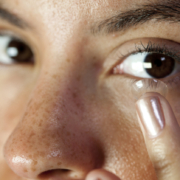
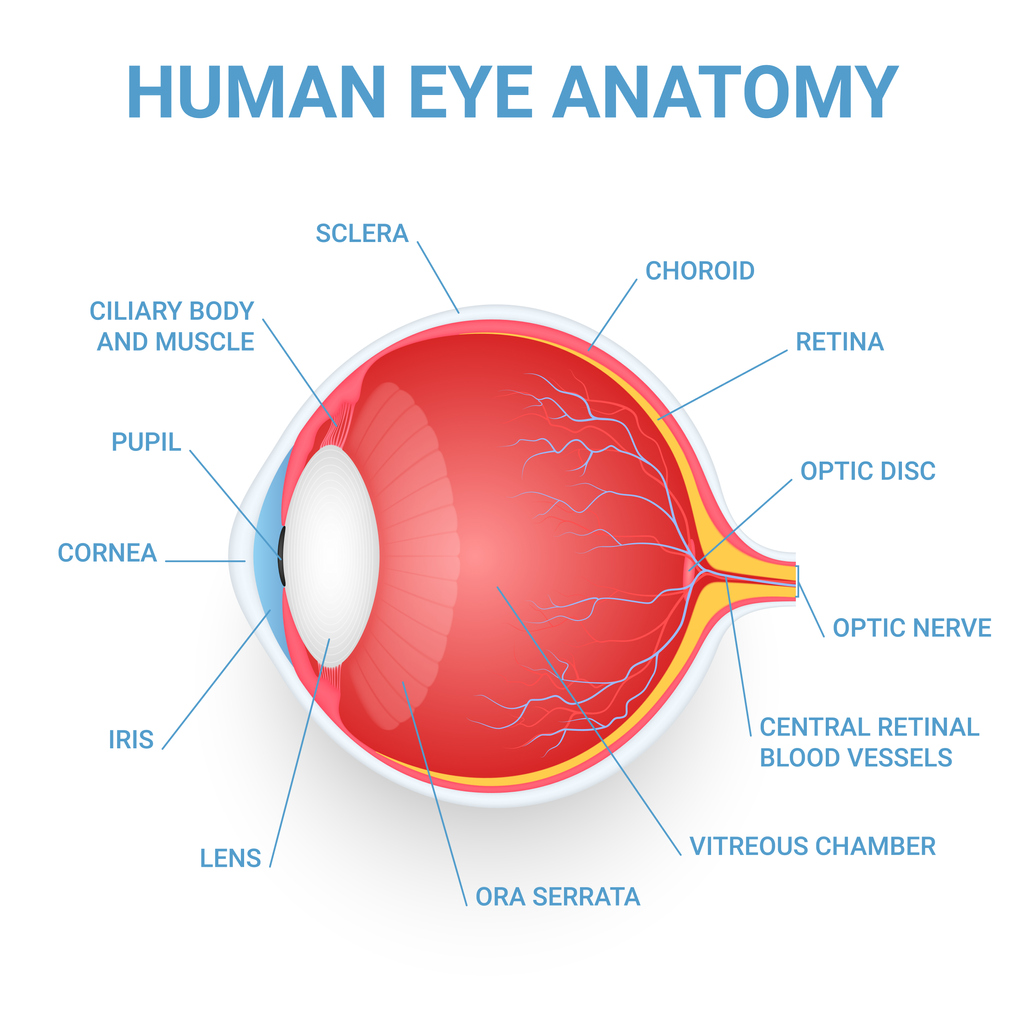
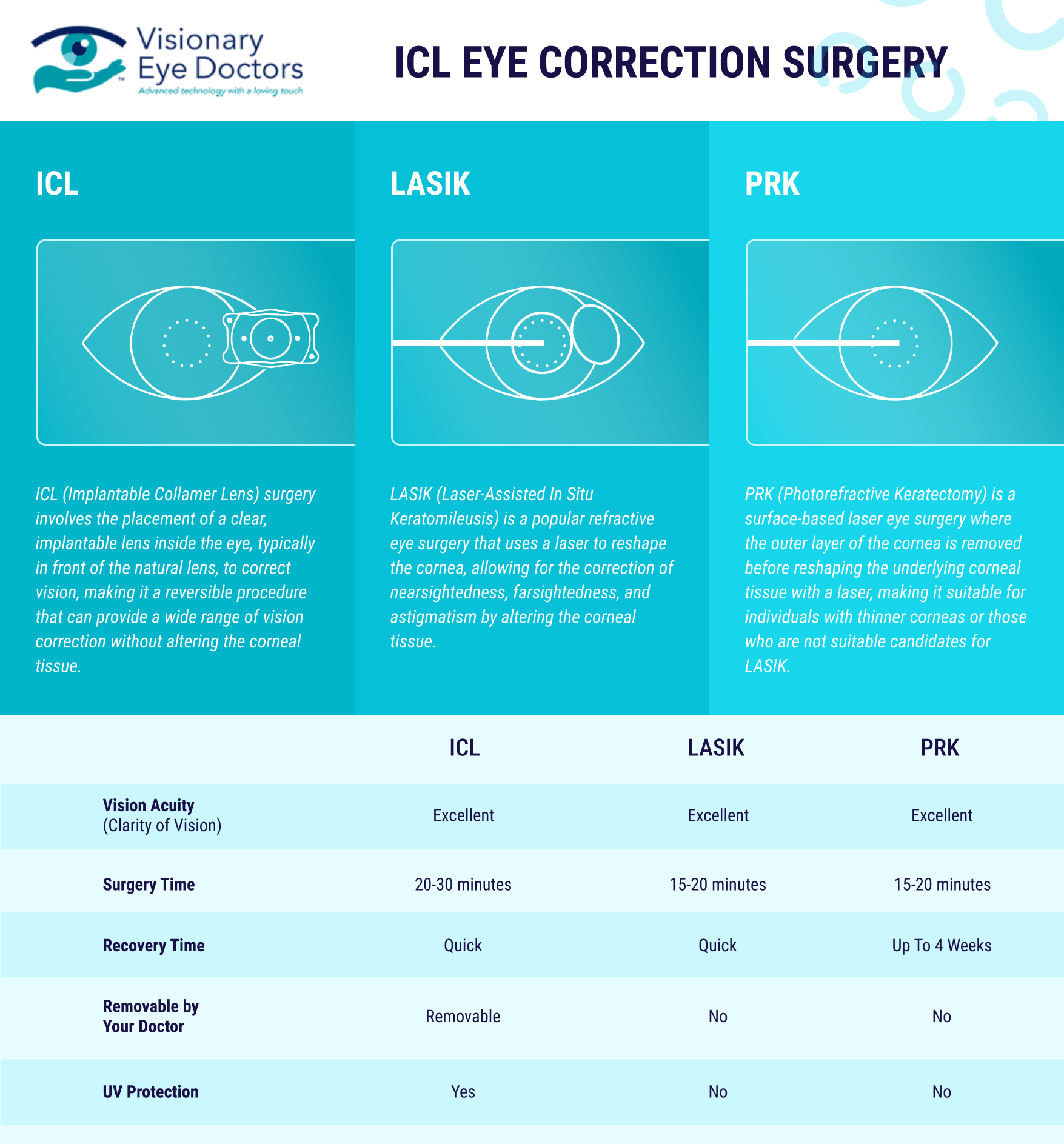
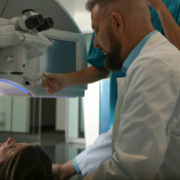
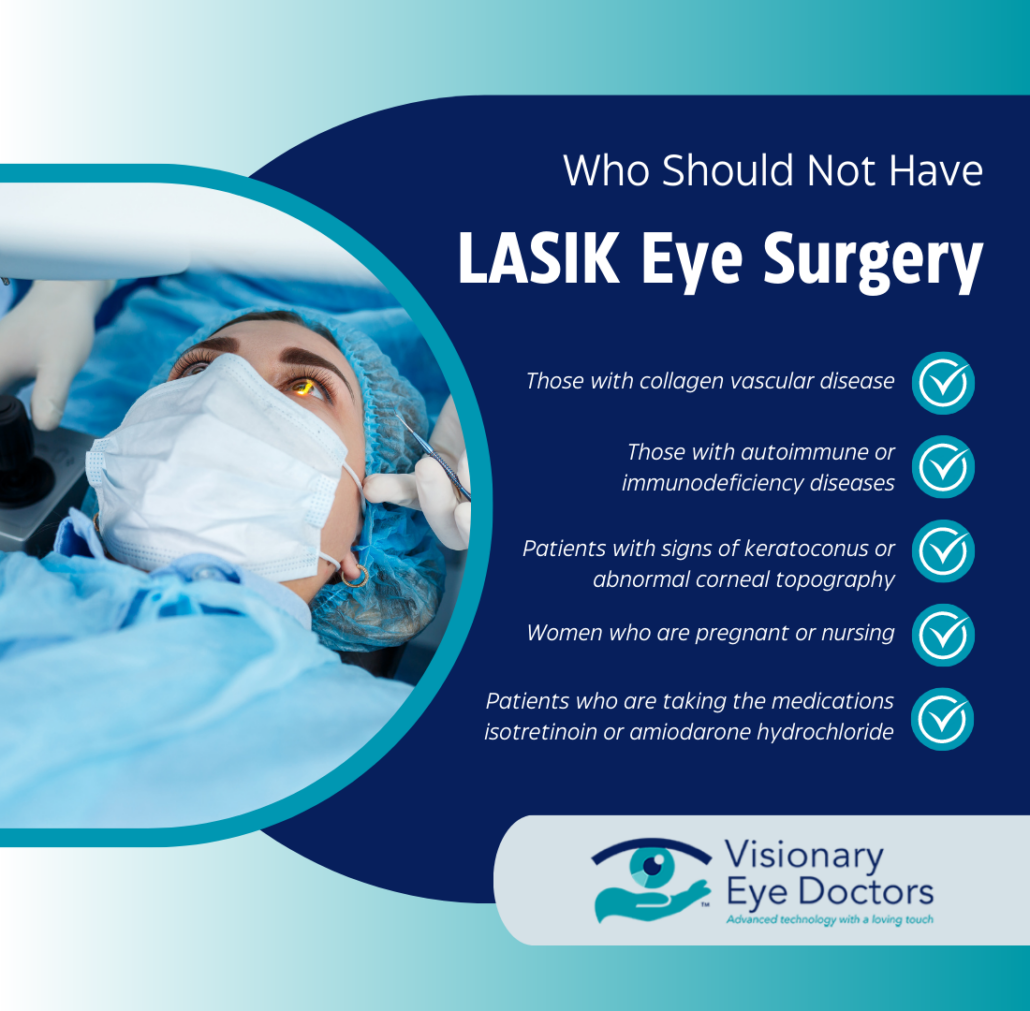
 Count on our board-certified LASIK experts to:
Count on our board-certified LASIK experts to:
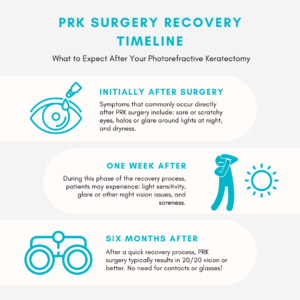 Six Months
Six Months



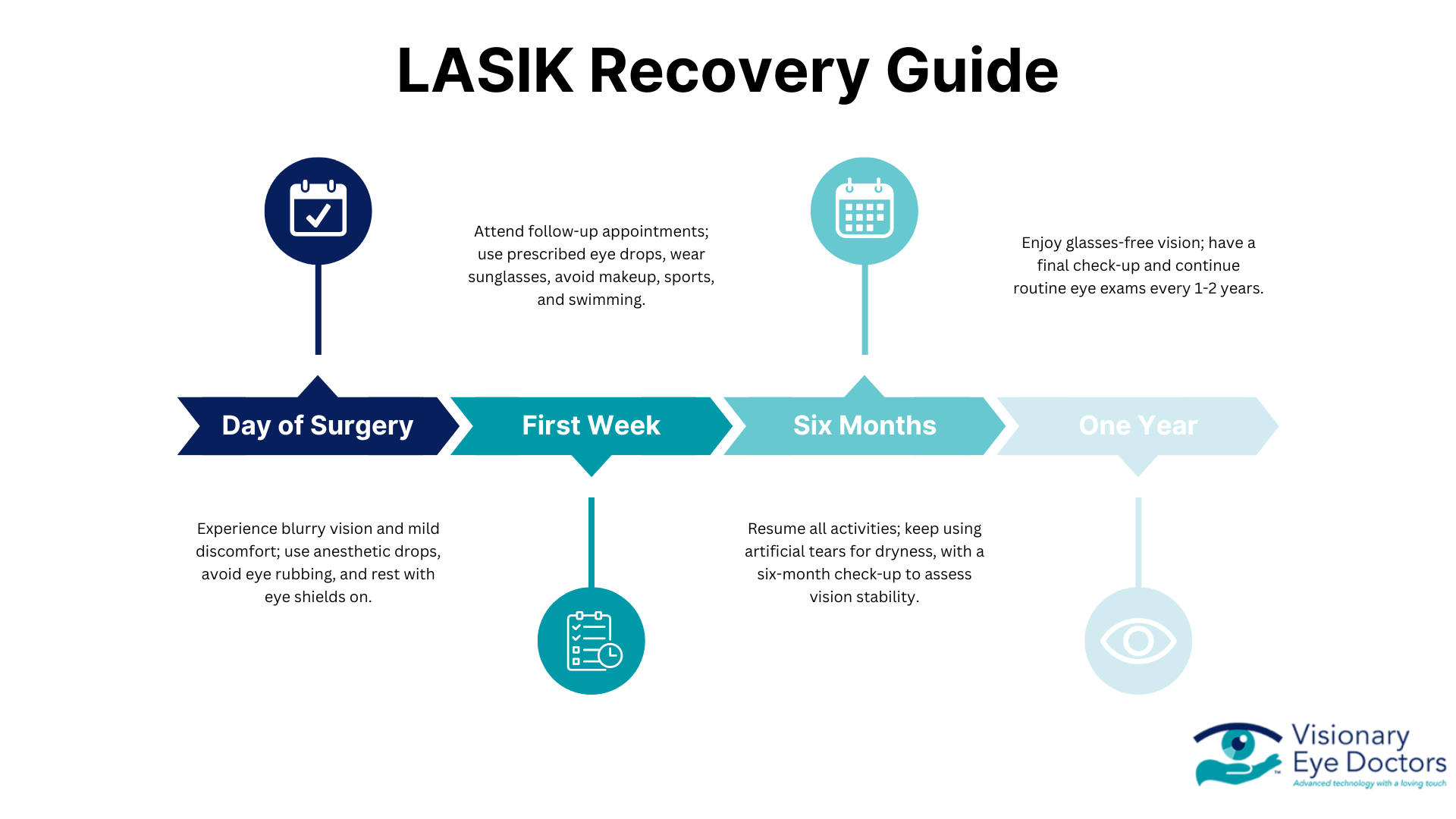

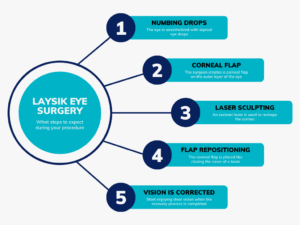 LASIK Surgery Experience
LASIK Surgery Experience